Surrealism: characteristics and main artists
In 1924, in Paris, André Breton (1896-1966), a French writer and poet, wrote a manifesto after cutting off relations with Tristan Tzara, leader of the Dada movement, and thus Surrealism was born, which many consider the last of the great vanguards.
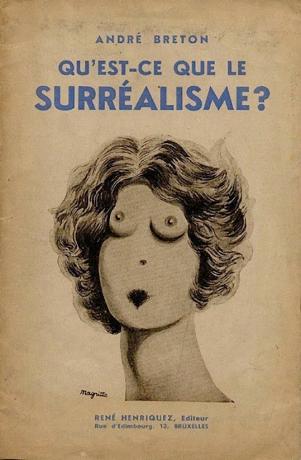
Cover: version of I Viol - oil on canvas, 1934 - René Magritte, MoMa, NY
Surrealism emerges in Paris in 1924. It spread throughout Europe a few years after the conclusion of World War I until the arrival of World War II. Therefore, the influence of this movement has reached our days.
It is true that the term surrealism is associated with André Breton and his manifesto, but was first used by Guillaume Apollinaire (1880-1918), French art critic and writer, in the foreword to his piece Tiresias's tits written in 1917.
Characteristics
The unconscious and automatism
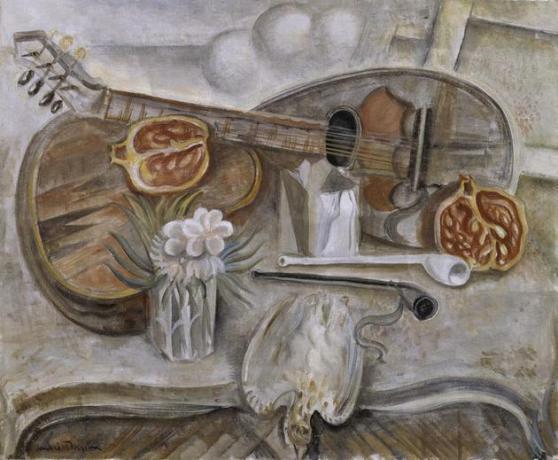
(1896-1987, French painter, sculptor, illustrator, designer and writer), Tate, UK
Breton's manifesto is inspired by Freud's book
The interpretation of dreams, in which the author explores the idea that the human mind has a hidden level called the unconscious, is say what most of the time people are not aware, as the word indicates.Surrealism sought to overcome this limitation of the unconscious, allowing the subconscious to express itself through art.
In this way, automatism became one of the characteristics of Surrealism, in defense of artistic expression without limits and without the control of reason. To achieve this objective, the artists came to elaborate works in states of trance and hypnosis.

In practice, the automatism consisted of transposing on paper, canvas or any other support of artistic expression, a thought or dream directly from the subconscious, without exerting aesthetic or moral.
The goal was for artistic creation to be automated (automatism) just as breathing or blinking action is automatic. It was thus an attempt to protest against established norms, both in art and in the social sphere.
The surrealists believed that the creativity that arose from an artist's subconscious was more authentic and powerful than that derived from consciousness. They were also interested in exploring the language of dreams that they believed revealed hidden feelings and desires.
In a general way, it can be said that the idea was to achieve the greatest possible spontaneity, something that was revealed more or less easily in drawing and writing, but not so much in painting, since this is a very complex discipline that does not allow as much spontaneity.
Other creative techniques and processes
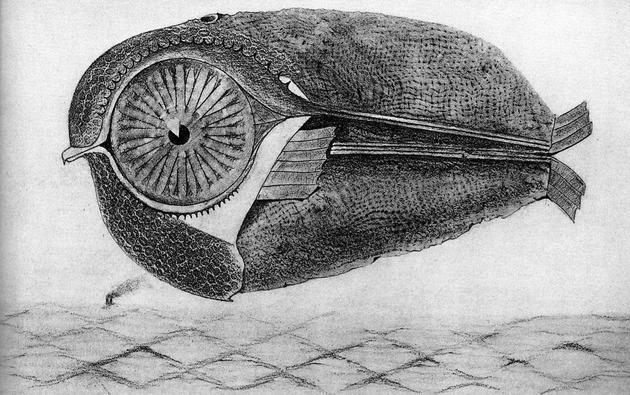
Automatism did not always work well in other forms of artistic expression, so other techniques were used to achieve the desired spontaneity of creation.
One of these techniques was frottage, which consisted of passing a pencil, for example, over a rough surface, thus creating shapes and textures on the support to create a new work from that material.
Another example is the decal, a technique in which a certain amount of ink is thrown against a canvas or paper. This surface is folded in half and when opened again, it shows an ink pattern that serves as a material to create a work thanks to what it causes at the subconscious level.
Other forms of artistic expression were used and experimented on, always in an effort to fully explore creative freedom.
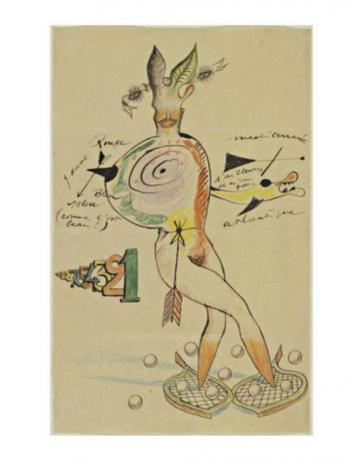
Joan Miró, Max Morise and Man Ray
The exquisite corpse it was a creative process based on a game, in which different artists created drawings or poems together. Without seeing what the other was doing, the work was passing one by one and each artist was adding a new piece or new word. By the end. the paper was unfolded and they shared the result in search of novel ideas.
Another alternative artistic construction process was the “objet trouvé”(Found object), invented by Marcel Duchamp (1887-1968). Duchamp was a French painter, sculptor and poet, one of the main figures of Dadaism.

To that premise was added the touch of the absurd, that is, the superposition of the improbable and strange, as in the case of the work that links a lobster to a telephone, or the case of Meret Oppenheim who covered a cup and a spoon with hair.
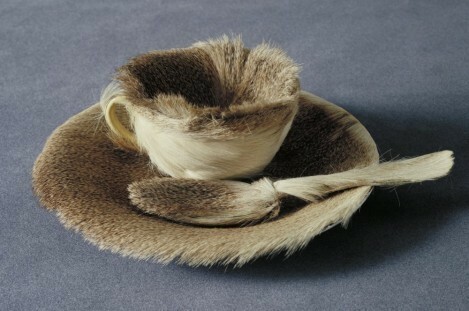
(1913-1985, Swiss plastic artist and photographer), MoMa, NY
This form of artistic construction related everyday objects that normally have nothing to see with each other, which causes a disturbance of the sense and thus stimulates the unconscious. It was about the juxtaposition between the familiar (the common object) and the improbable and absurd, the scenario imposed on the object.
Surrealist artists frequently incorporated images and objects from other cultures, especially primitive ones. This attitude had, above all, anti-colonial and anti-racist intentions.
See also
- Bosco's Garden of Earthly Delights
- Artistic movements of the 20th century
Main artists and works
Max ernst
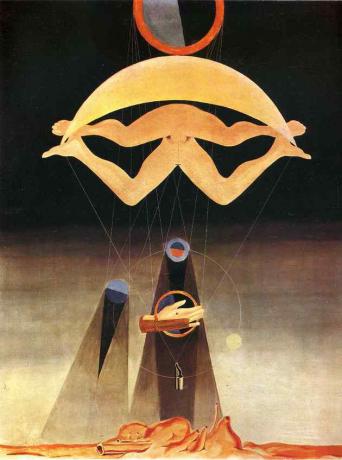
Max Ernst (1891, Brühl, Germany - 1976, Paris, France) was one of the pioneers of Dadaism and later joined Surrealism, standing out in painting and poetry.
Even in Germany, Ernst actively participated in World War I, a fact that left deep marks on him and eventually influenced his work as an artist. Being exposed to the horrors of the Great War made him position himself against the society and values of the time more vehemently.
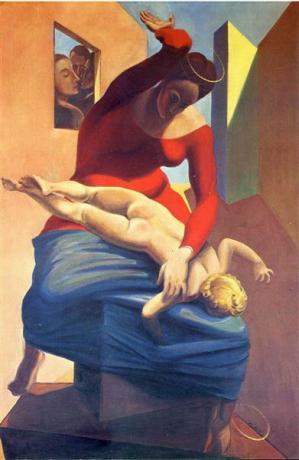
The blessed Virgin punishing the Child Jesus in front of three witnesses: Andre Breton, Paul Eluard and the Painter - oil on canvas, 1926 - Max Ernst, Museum Ludwig, Köln, Alemanha
His work is characterized above all by the exploration of the absurd, the construction of fantastic settings and the world of dreams. Throughout his artistic life he experimented with various techniques such as collage and the frottage, and he was quite influenced by the art of the Native American tribes.
Salvador Dali
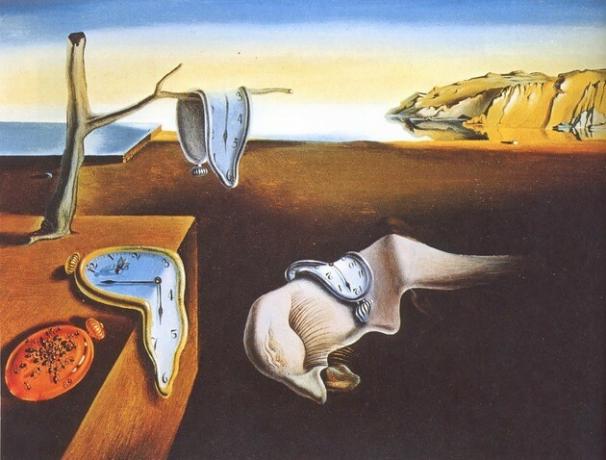
Salvador Dalí (1904-1989, Figueres, Spain) is the most famous of the Surrealists and his name became, over time, synonymous with the movement. This happened despite the fact that, around 1937 and as a consequence of the transformation of his style and his political positions, Breton expelled him from Surrealism. Therefore, Dalí is the most controversial.
In his work, the influence of the dreamlike imagination, that is, the world of dreams, is very noticeable. His artistic expression was made mainly through painting and sculpture, but throughout his life he also used other forms and techniques.
He even left his mark in the cinema, given his collaboration with two films by the Spanish director Luis Buñuel (1900-1983): An Andalusian dog (1929) and The Golden Age (1930).
More about The Persistence of Memory by Salvador Dalí

Besides being a revolutionary artist in his time, Dalí was also a genius when it came to self-promotion and was a true showman.
His works are around three main themes: the universe and human sensations, sexual symbolism and ideographic images. Most of his work consists of the sequential representation of a dream, something he accomplished by exercising his mind to access the subconscious and draw inspiration from it.
For Dalí dreams and imagination were fundamental in the creative process, and he also defended a variant of automatism, a kind of paranoia. In this process of paranoia, the artist had to embark on a state of hallucination to create, momentarily stopping his rationality despite being conscious to some degree.
Joan Miro
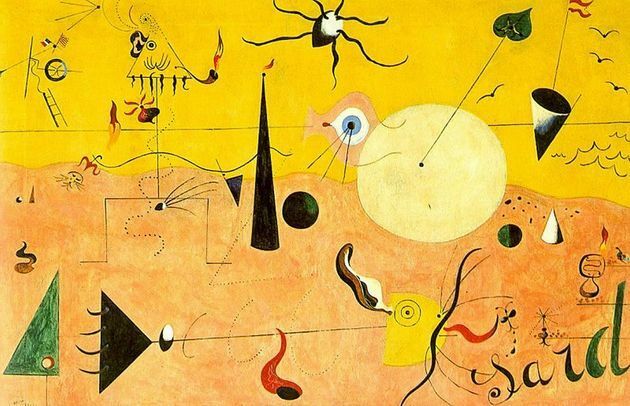
Joan Miró (1893, Barcelona - 1983, Palma de Mallorca, Spain) is one of the most influential artists of the 20th century. The best known works of the artist are his paintings, although he also created as a sculptor, designer, ceramist, etc.
Like other artists, Miró went through various movements, was influenced by them and also left his mark. He began, in fact, with Fauvism, then went on to Dadaism and from there to Surrealism and Abstractionism.
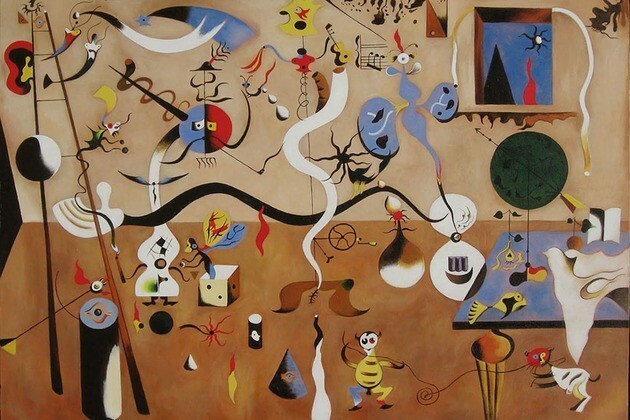
Albright-Knox Art Gallery, Buffalo, US
In his artistic life he practiced automatism and in painting he tried to distance himself as far as possible from conventions as a way of reacting against the established bourgeois principles.
His early paintings mostly depict biomorphic forms without contrast. Thematically they are compositions that refer to the crossing between the phantasmagorical world and that of dreams. With his innovative compositions, Miró influenced his contemporaries as well as countless later generations.
René Magritte
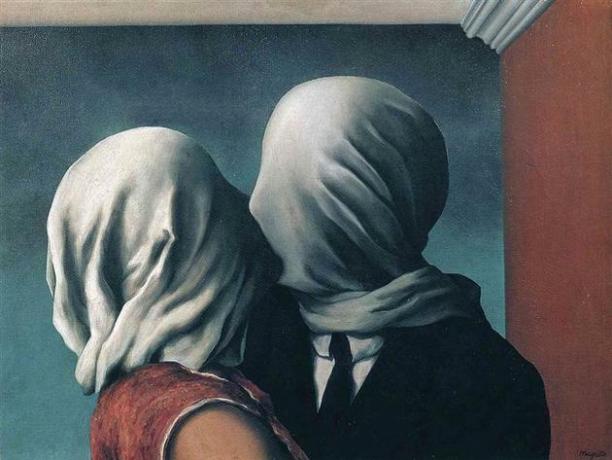
René Magritte (1898, Lessines, Belgium - 1967, Bruxelas, Belgium) was a Belgian artist and one of the names of the most internationally acclaimed surrealism, despite the fact that its fame would reach only around the years 50.
Although he is one of the artists most associated with Surrealism, Magritte's works distance themselves from Dalí's illusionism and Miró's automatism.
For Magritte, the important thing was not so much what the work showed, but what it concealed, that is, the underlying ulterior motives. For him the important thing was to represent the mystery, and thus many of his pictorial compositions would present human figures with faces covered with a veil, leaving the viewer in eternal curiosity and dissatisfaction for never being able to reveal what is hidden behind it.
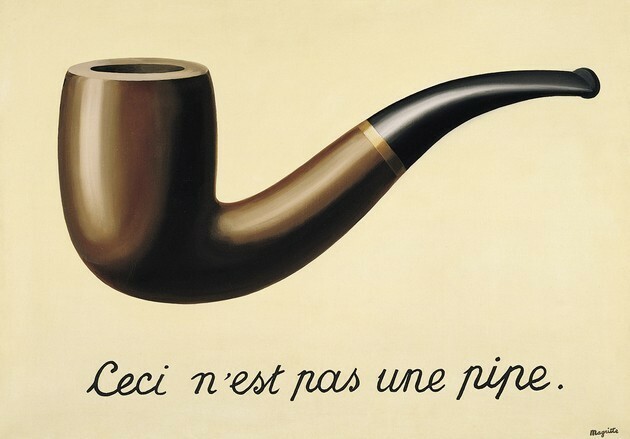
During his artistic life, Magritte turned to the same theme several times and also used famous works by other artists to create surreal versions.
Humor also played an important part in his work, and an example of that is The betrayal of images, in which a perfectly painted pipe is represented with an inscription on the canvas that says: "This is not a pipe."
Actually, it can be argued that neither the picture nor the word, which he negatively describes, is a pipe. They are just the abstract representation of an object that is absent. Thus, in a seemingly simple way, Magritte forces the viewer to think and question. In fact, the artist himself did not consider himself a painter, but a thinker who expressed himself in images.
It may interest you: 15 avant-garde poems
(Text translated by Andrea Imaginario).



